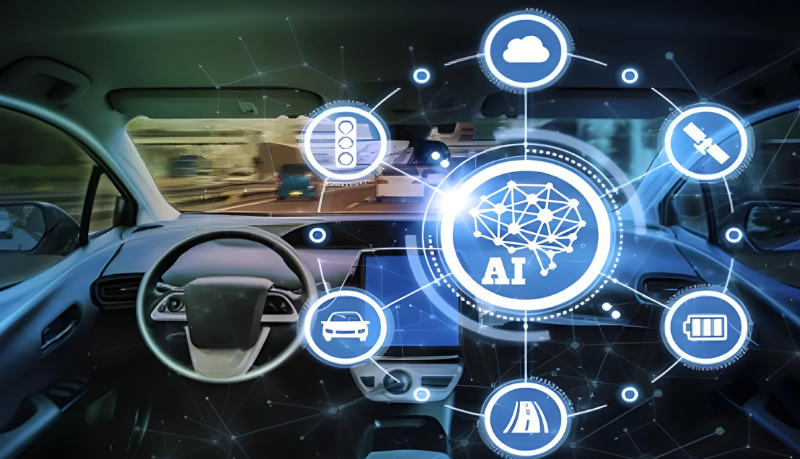
What Are Smart Cars?
Smart cars are vehicles equipped with advanced technologies that enable them to perform functions beyond traditional driving. These functions include voice recognition, predictive maintenance, collision avoidance, adaptive cruise control, and even self-driving capabilities. The brain behind these innovations is AI—machines that can think, learn, and adapt.
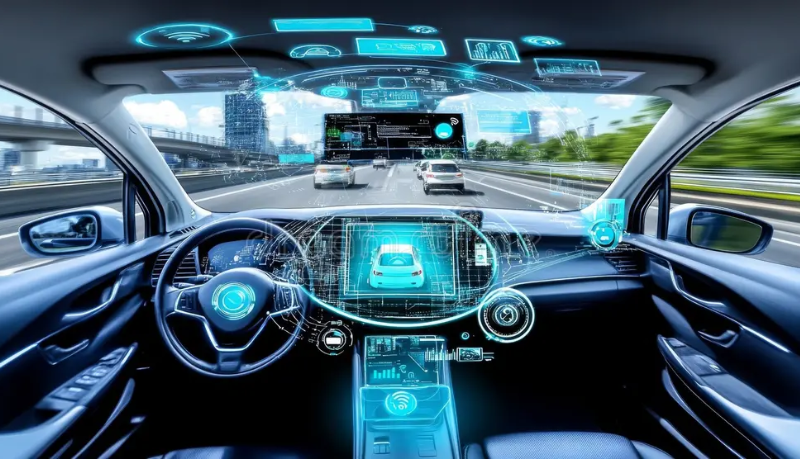
Key AI Technologies Powering Smart Cars
1. Machine Learning & Neural Networks
AI uses data from sensors, cameras, and radars to “learn” driving patterns and environmental behaviors. With each trip, the car gets smarter and more efficient.
2. Computer Vision
This technology helps the car “see” and interpret road signs, pedestrians, other vehicles, and lane markings.
3. Natural Language Processing (NLP)
AI allows the driver to communicate with the car using voice commands, enabling hands-free control over navigation, music, calls, and more.
4. Edge Computing
AI processes large amounts of data in real-time using edge computing to make split-second decisions that are critical for safety.
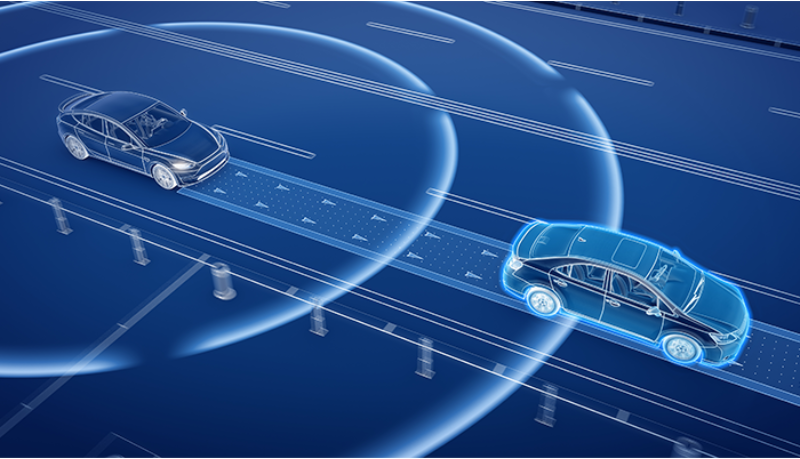
AI in Everyday Driving
AI isn’t limited to self-driving cars. It’s also transforming conventional driving in many ways:
- Predictive Maintenance: AI can alert drivers about potential issues before they become major problems.
- Adaptive Cruise Control: AI adjusts the speed of your vehicle based on the traffic ahead.
- Parking Assistance: Cameras and sensors use AI to help with automatic parking.
- Driver Behavior Monitoring: Smart cars can detect fatigue or distractions and alert the driver to stay focused.
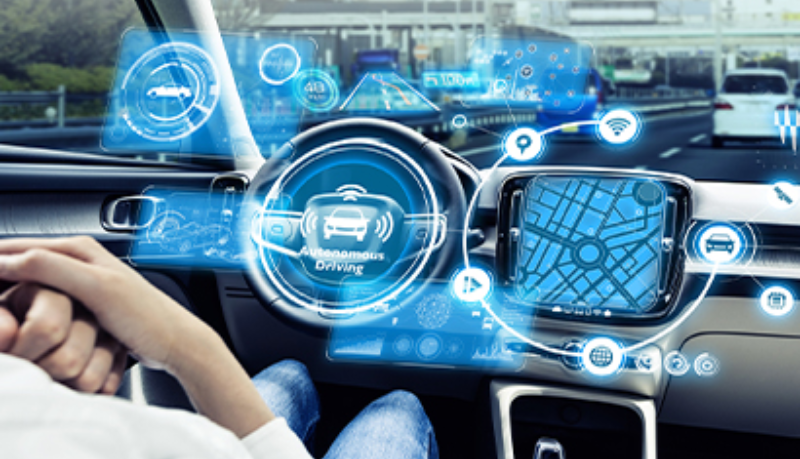
How AI Is Making Driving Safer
AI-based systems significantly reduce human error, which is responsible for over 90% of road accidents. Features such as:
- Automatic emergency braking
- Lane departure warnings
- Blind-spot detection
- Collision avoidance systems
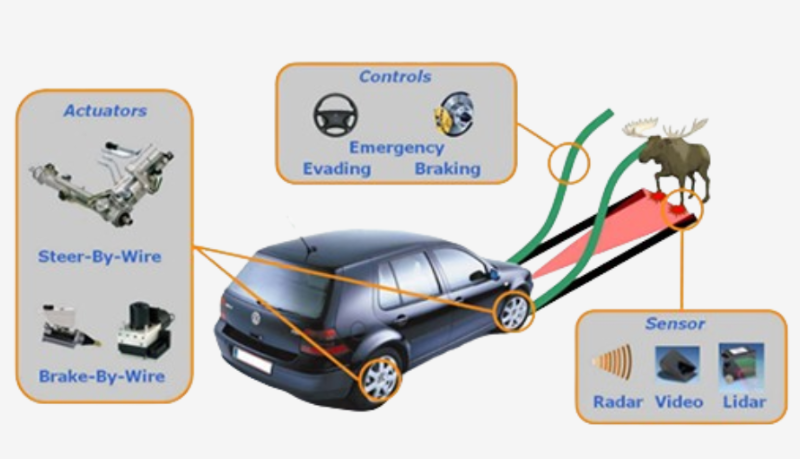
Autonomous Vehicles: The Future Is Closer Than You Think
Companies like Tesla, Waymo, and Apple are pushing the boundaries of self-driving technologies. AI enables vehicles to drive with little to no human input. While full autonomy (Level 5) is still under development, we are currently seeing Level 2 and Level 3 systems in action.
These include:
- Hands-free highway driving
- Self-parking systems
- Traffic jam assist
- Over-the-air updates improving vehicle performance

Environmental Benefits of Smart Cars
AI is also playing a role in making driving more eco-friendly. Smart routing reduces fuel consumption by avoiding traffic congestion. AI also supports electric vehicles (EVs) by optimizing battery usage and guiding drivers to nearby charging stations.
Challenges and Concerns
Despite the benefits, AI in cars faces challenges:
- Privacy concerns: Data collected from users may be misused if not handled securely.
- Cybersecurity threats: Hackers could potentially gain control over connected vehicles.
- Legal liability: In case of an accident, who is responsible—the car, the manufacturer, or the driver?
Final Thoughts
The rise of smart cars is not just a trend—it’s a fundamental shift in how we experience transportation. AI is driving this transformation by making vehicles more intelligent, responsive, and safe. As technology advances, we can expect even more exciting developments that will make our roads safer and our lives more convenient.
